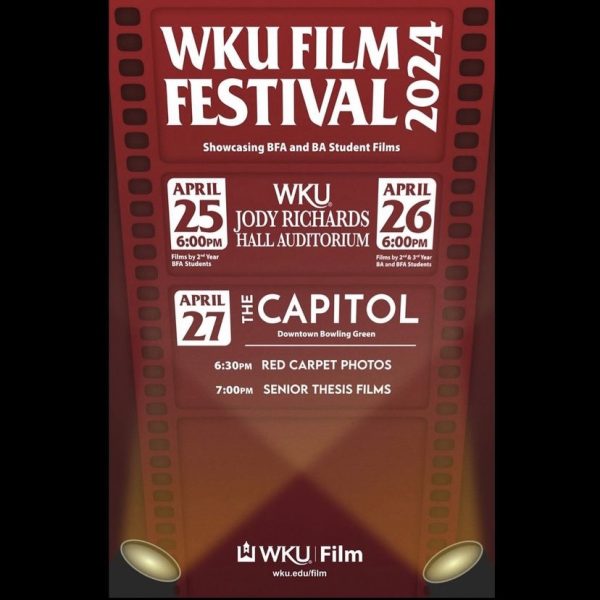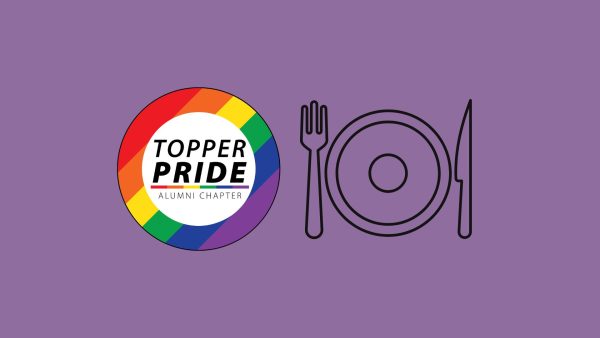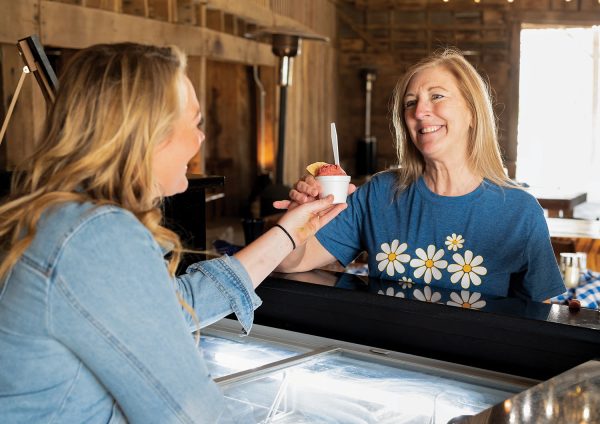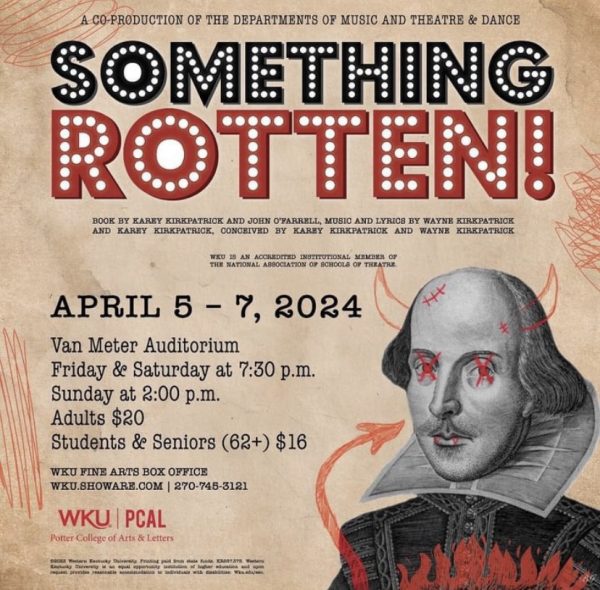Kentucky Building marks 75th anniversary
November 6, 2014
When Western Kentucky State Normal School history teacher Gabrielle Robertson discovered there was only one book about Kentucky in the library in 1914, she set out on a mission to grow a collection of Kentucky history. As the collection matured, her storage space became limited and she began promoting the idea of a building to house her findings.
President Henry Hardin Cherry heard of the idea and grew it into something larger than Robertson had ever planned: a full museum dedicated to the history of Kentucky. Hence, the Kentucky Museum was born.
“Cherry sort of reminds you of Dr. Ransdell — he was a dreamer,” Christy Spurlock said. “He took her idea and, you know, he envisioned, along with an architect, this whole building.”
Spurlock is the education curator for the Museum.
Cherry turned to the College Heights Foundation, an organization created to help students attend school who could not afford an education, to help fund the project. Because the Foundation’s articles stated that money could be used for the construction of buildings, Cherry and the other directors decided that two-thirds of the money raised for the foundation would be spent on the Kentucky Building.
As passionate as Cherry was about the idea, finding monetary support for the project from the public proved to be difficult due to the state of the economy at the time. The Depression left many people who wanted to donate without means to do so.
Enough funding was raised for the outside of the building to go up in 1936, but the interior wasn’t finished until 1939, two years after Cherry’s death.
“They got the walls built and a roof over it, then they just had to stop because there just wasn’t enough money,” Jonathan Jeffrey said.
Jeffrey is the department head of the manuscripts and folklife archives in the department of library special collections.
“They actually had to hire a new architect because the older architect (Brinton Davis) and Western had kind of severed ties in the mean time. So they hired James Ingram, who was a local man who designed interiors,” he said.
The building was officially dedicated Nov. 16, 1939, on what would have been Cherry’s 75th birthday. The day is also known as Founder’s Day.
“It just seemed like a really respectful type of thing to do on that day,” April McCauley, an archives assistant, said.
Today, the building is divided into two different organizations: the Kentucky Museum and the department of library special collections.
The library is divided between the Kentucky library research collections, the manuscripts and folklife archives and the WKU archives.
The Kentucky library research collections department holds thousands of artifacts from around the world including books, sheet music, political memorabilia, photographs and maps.
Manuscripts and folklife archives hold a collection of letters, diaries, church minutes, land grants and papers written whose topics focus on folk beliefs, occupational folklore and community surveys.
WKU archives hold yearbooks, university publications, photographs, diplomas and other memorabilia.
The majority of the items are donated to the library by people who are associated with the school in some way.
“I would say, and this is a pretty good guesstimate, that 85 percent of the material we receive, probably in the Museum and the library of special collections, are donations from community members, alumni, people who just are on the web and see we have a large Valentine’s collection and they don’t know what to do with theirs,” Jeffrey said.
As the library side of things grew, the space to hold the items grew scarce and construction on the site began again in 1977. The renovation grew the building to two and one-third times its original size.
After the addition was finished in 1980, the area that had once been a garden of southern-based plants was reduced to a hidden gem of an indoor courtyard that sits in the middle of the building.
Currently, the building is used as a way to teach all those that enter. There are exhibits in the Museum that feature work from Bowling Green native Duncan Hines, traveling quilts from the Richardson Quilt Gallery and items used by some of the country’s most influential artists in the IAE Instruments of American Excellence exhibit. There are window galleries focusing on the Civil War, and the research facilities are equipped with thousands of archives ready to be discovered.
“The ultimate goal of all the stuff that we accession and catalog and reference is to educate people about how to use them and make them better aware of special collections,” Jeffery said.
Nov. 16 marks the 75th anniversary of the Kentucky Building and a celebration is planned for Nov. 14 from 2 to 4 p.m. in the Kentucky Room.
Preparation for the event brought all the divisions of the building together, with photos coming from the WKU archives, old publications supplied by the manuscripts department and the Museum providing the physical artifacts, Spurlock said.
The anniversary schedule includes a speech by President Gary Ransdell, a history of the building presented by Jeffrey, special tours of the building and the announcement of the Connie Mills Internship, an opportunity for students who have interned with the building to receive a scholarship in honor of an employee that passed away last year.
“We are thrilled and proud to be able to announce that,” Jeffrey said.


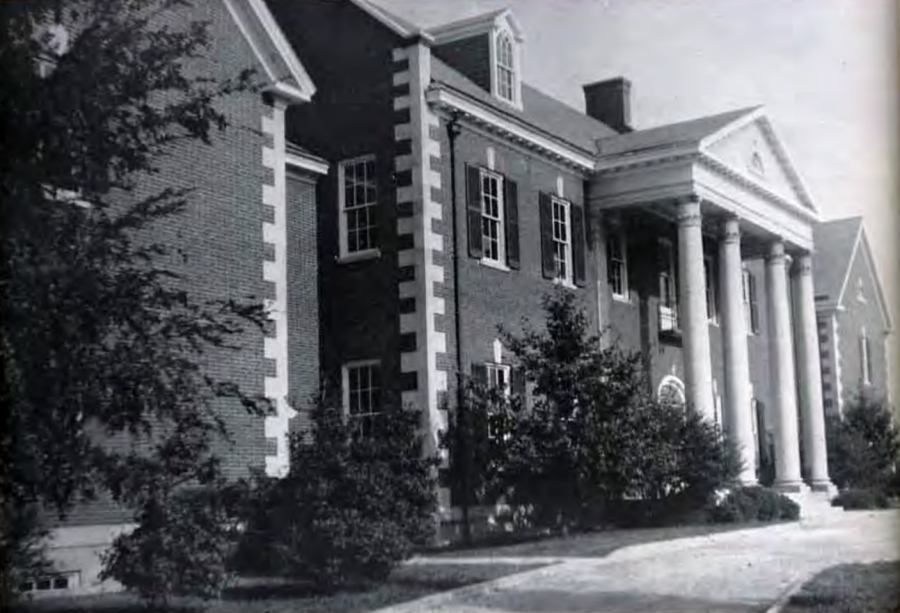








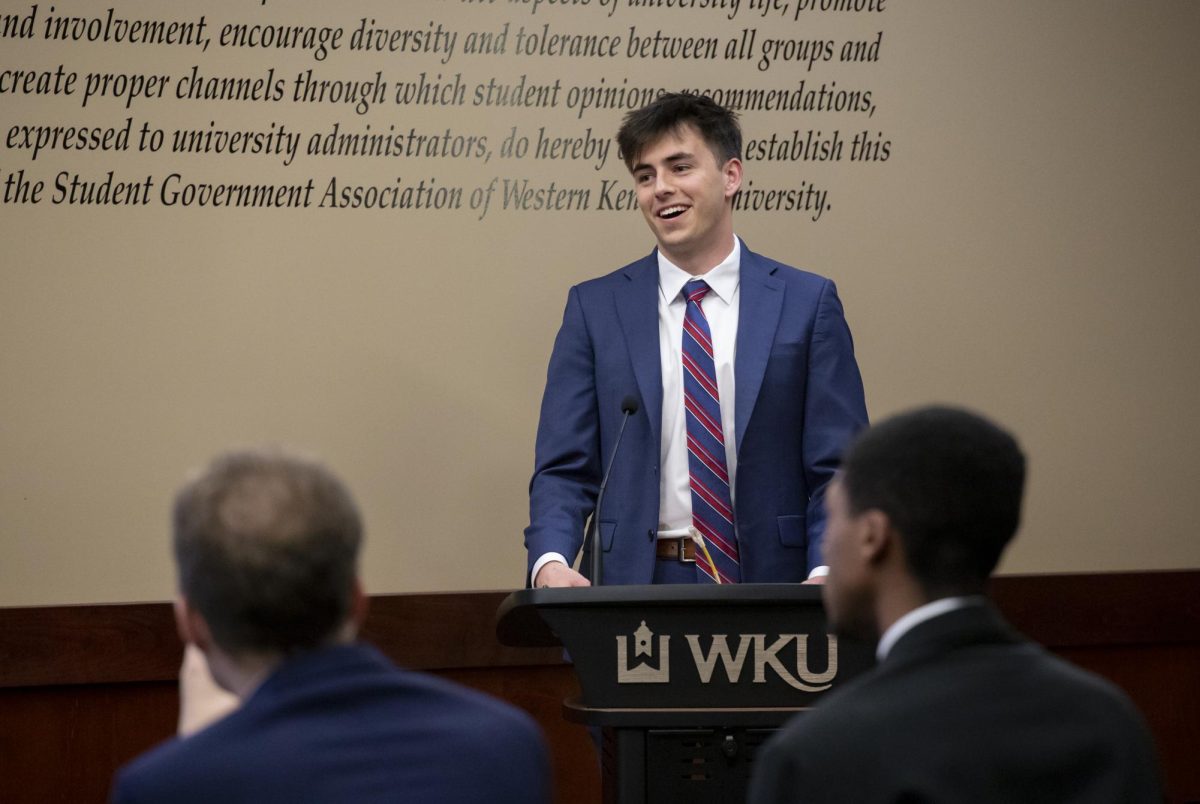
![Students cheer for Senator at Large Jaden Marshall after being announced as the Intercultural Student Engagement Center Senator for the 24th Senate on Wednesday, April 17 in the Senate Chamber in DSU. Ive done everything in my power, Ive said it 100 times, to be for the students, Marshall said. So, not only to win, but to hear that reaction for me by the other students is just something that shows people actually care about me [and] really support me.](https://wkuherald.com/wp-content/uploads/2024/04/jadenmarshall-1200x844.jpg)
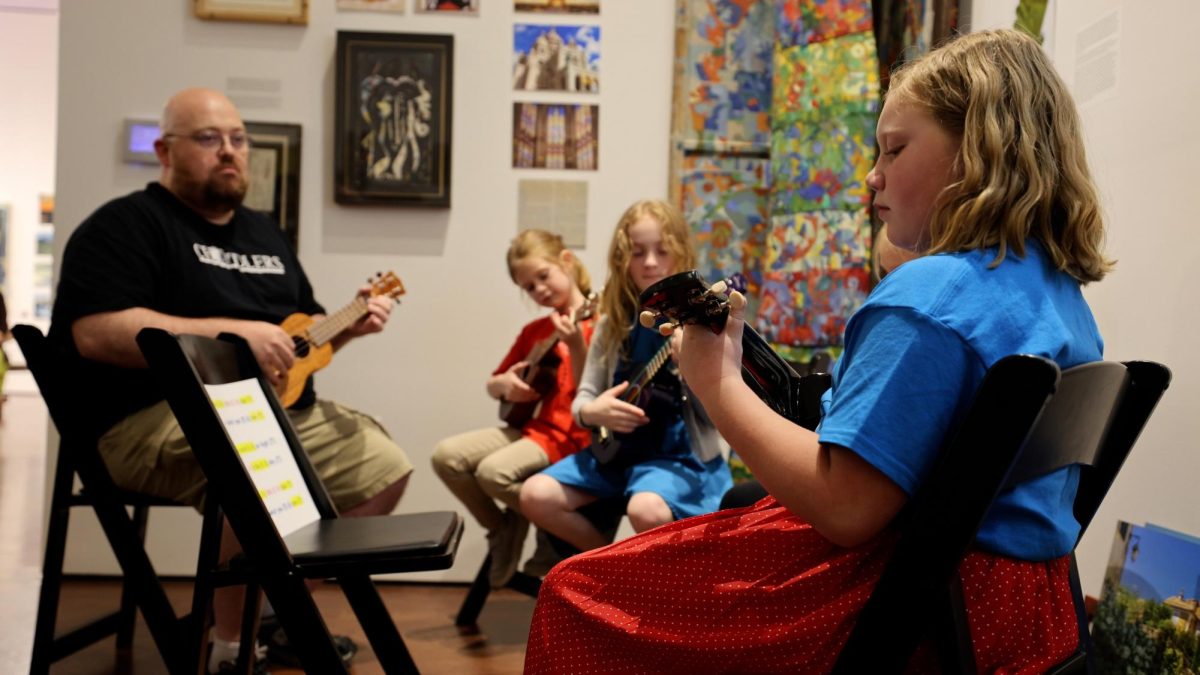
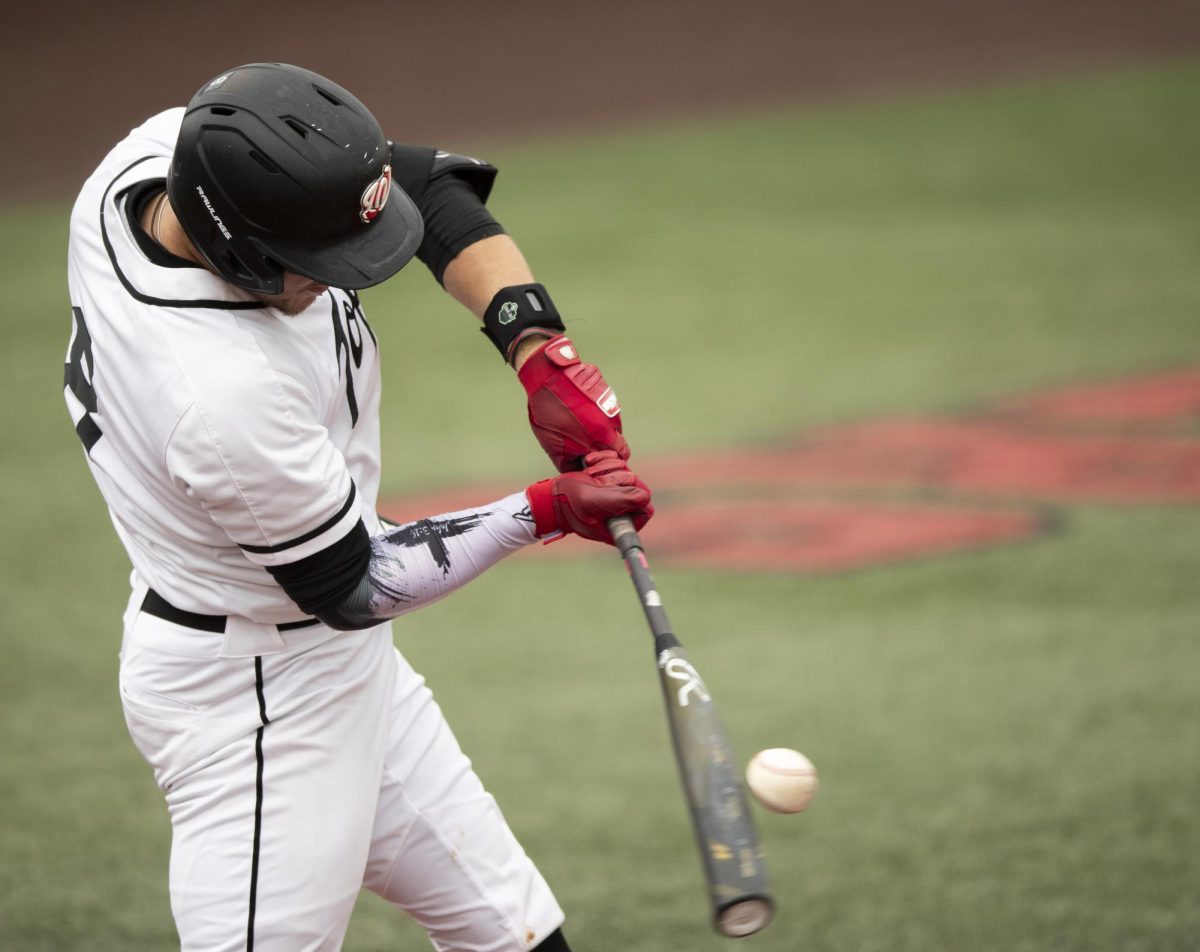



![Megan Inman of Tennessee cries after embracing Drag performer and transgender advocate Jasmine St. James at the 9th Annual WKU Housing and Residence Life Drag Show at Knicely Conference Center on April 4, 2024. “[The community] was so warm and welcoming when I came out, if it wasn’t for the queens I wouldn’t be here,” Inman said.](https://wkuherald.com/wp-content/uploads/2024/04/smith_von_drag_3-600x419.jpg)


